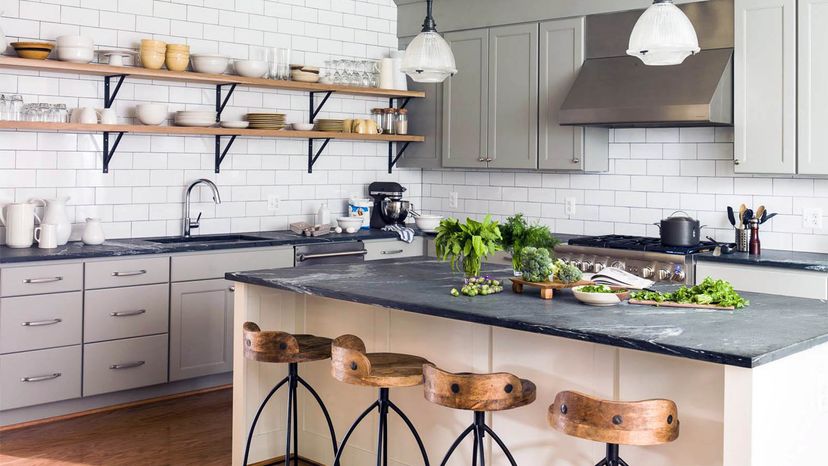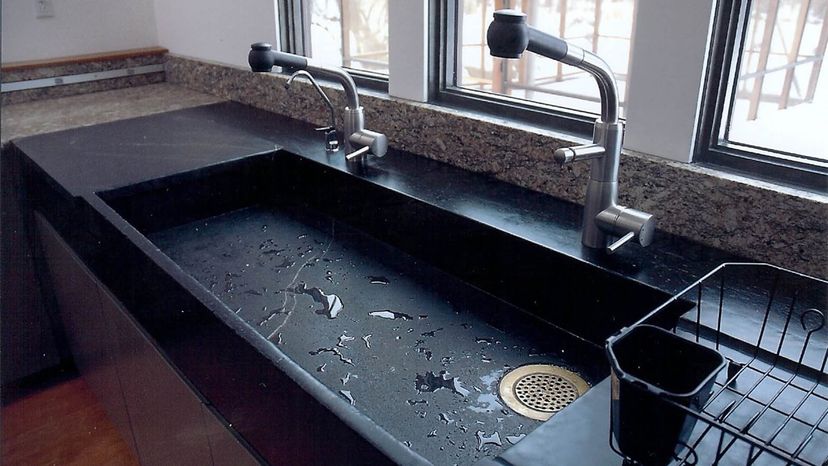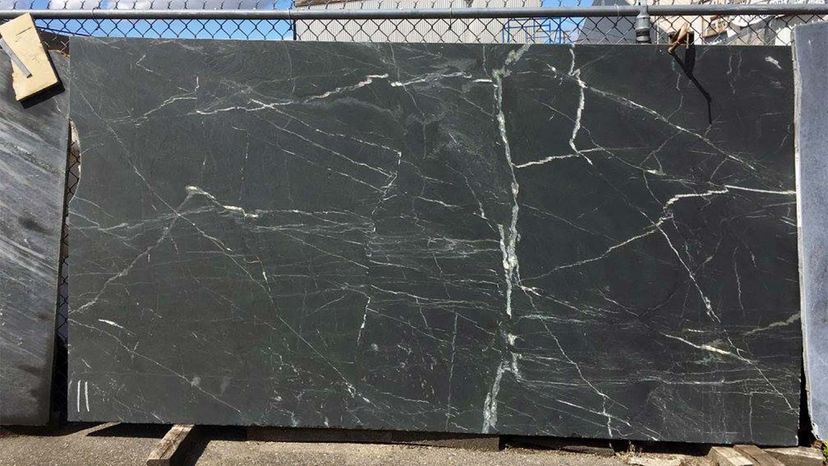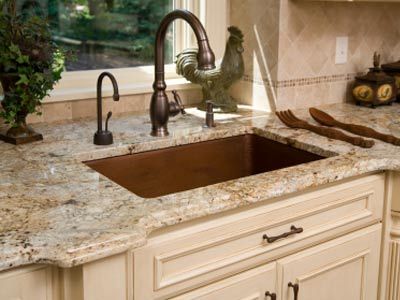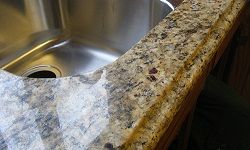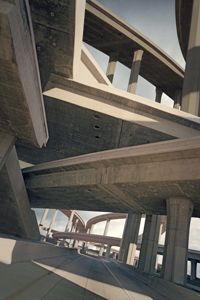Soapstone might be able to stand up in a lab, but what about a kitchen? Can it handle a messyfamily breakfastor a Sunday afternoon football party?
"It is [good for countertops], depending on the buyer," says Mandy Carbia, senior interior designer forCrosby Design Groupin Atlanta. "It depends on their style or their taste."
Because soapstone is a natural material, buyers are restricted to the appearance Mother Nature creates. Its range of hues are on the darker end of the spectrum. If a client is looking for a rustic style, soapstone coud be the right aesthetic fit, but if they want a modern farmhouse look, probably not, Carbia explains. Consider the multitude of color and pattern options of quartz offered byCaesarstone,而不是更有限了ge of color choices in soapstone fromCrocodile Rocks, a stone supplier in Kenmore, Washington, just north of Seattle. Crocodile Rocks has an extensive supply of slabs, it's just that soapstone doesn't offer too many varieties when it comes to color.
When choosing a countertop material, Carbia says it's important to ask buyers how they live. For a homeowner who cleans up quickly, marble can make a good option, but for those who tend to leave the sauce out all night, or those who do a lot of entertaining, soapstone could be a better fit because it's nonporous and doesn't stain like other stones.
"It is a softer material, so it does scratch easier," Carbia says. Homes with children who drop things, or homeowners who prefer cutting straight on the countertop as opposed to using a cutting board, might damage soapstone. Luckily, though, when a soapstone countertop gets scratched, it can be sanded to correct it, although the finish might not be perfect.
